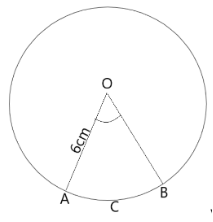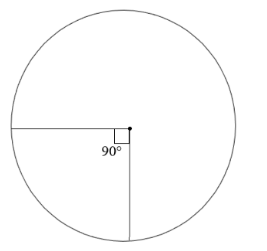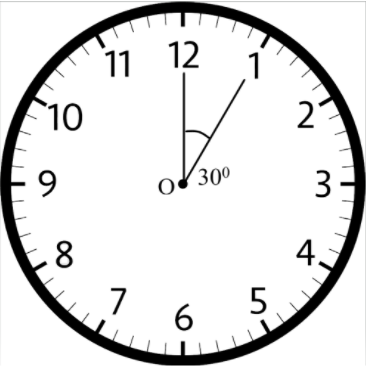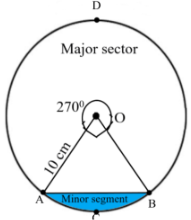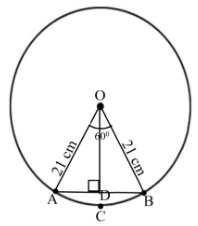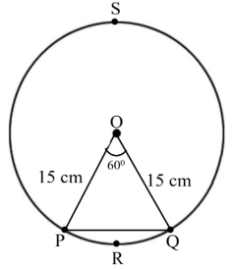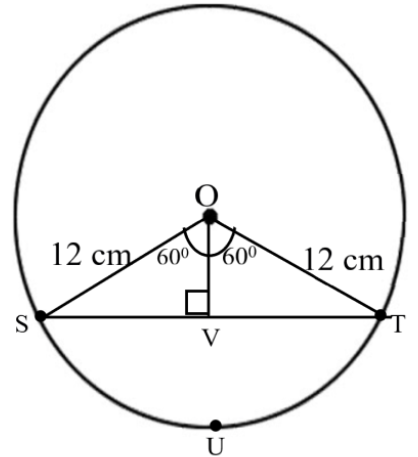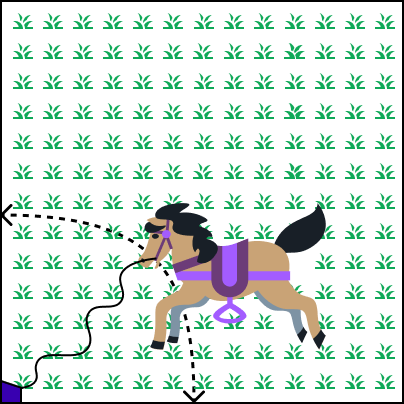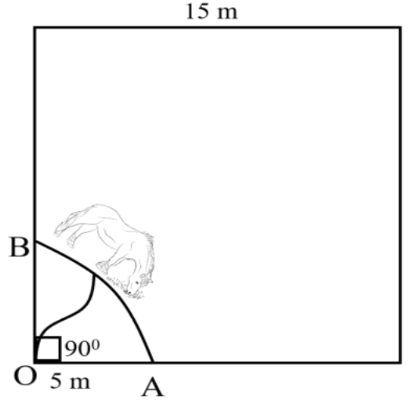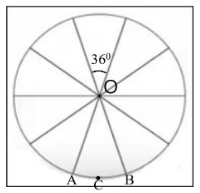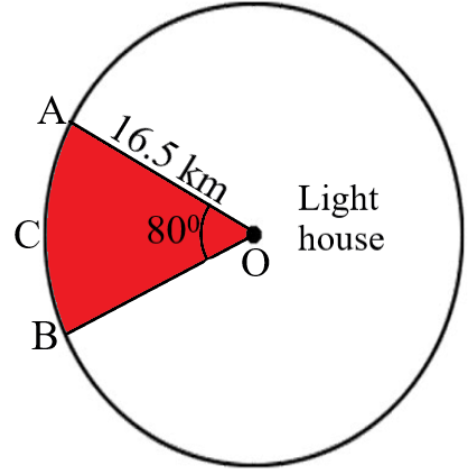How Can Class 10 Maths Areas Related To Circles Exercise 11.1 Solutions Help In Exam Preparation
NCERT Solutions For Class 10 Maths Chapter 11 Areas Related To Circles
FAQs on NCERT Solutions For Class 10 Maths Chapter 11 Areas Related To Circles
1. What are the key formulas covered in Class 10 Maths Chapter 11 Areas Related to Circles?
The main formulas include area of circle = πr², circumference = 2πr, area of sector = (θ/360°) × πr², and area of segment = area of sector - area of triangle. These formulas are essential for solving problems involving circular regions, sectors, and segments in geometry.
Why it matters: These formulas form the foundation for calculating areas and perimeters of circular shapes and their parts, which appear frequently in board exams and real-world applications like calculating land areas or material requirements.
Example: For a circle with radius 7 cm, the area = π × 7² = 49π cm².
Tip: Always check if the angle is given in degrees or radians, and use π = 22/7 or 3.14 as specified in the problem for accurate calculations.
2. How do NCERT Solutions for Areas Related to Circles help students understand Exercise 11.1?
NCERT Solutions provide detailed step-by-step explanations for each problem in Exercise 11.1, making complex circle area calculations easier to understand. Students benefit from clear reasoning behind each formula application and common problem-solving approaches.
Why it matters: Exercise 11.1 introduces fundamental concepts that build toward more complex problems in subsequent exercises, so mastering these basics is crucial for chapter success.
Example: Solutions show how to find the area of a circular path by calculating the difference between outer and inner circle areas.
Tip: Practice the solved examples first, then attempt similar problems to build confidence before tackling exercise questions independently. Focus on understanding the method rather than memorizing answers.
3. What is the difference between area of sector and area of segment in circles?
A sector is the region between two radii and an arc, while a segment is the region between a chord and the arc it subtends. The sector includes the triangular portion from the center, but the segment excludes it.
Why it matters: This distinction is crucial for solving problems correctly, as confusing these concepts leads to wrong formula application and incorrect answers in geometry problems.
Steps to remember:
- Sector area = (θ/360°) × πr²
- Triangle area = (1/2) × r² × sin θ
- Segment area = Sector area - Triangle area
Example: In a circle with radius 6 cm and central angle 60°, the sector area is larger than the segment area by the triangular region's area.
4. Where can students access Class 10 Maths Chapter 11 Exercise 11.1 solutions for free?
Students can access comprehensive solutions through Vedantu's Free PDF downloads and online platform, which provide detailed explanations for all Exercise 11.1 problems. These resources include step-by-step solutions with diagrams and formula applications.
Why it matters: Free access to quality solutions helps students from all economic backgrounds prepare effectively for board exams and understand complex geometric concepts without additional costs.
Features available:
- Downloadable PDF format for offline study
- Step-by-step working for each problem
- Clear diagrams and formula explanations
- Tips for avoiding common mistakes
Tip: Download the PDF for offline practice and bookmark the online version for quick reference during homework sessions.
5. How to calculate the area of a circular ring or annulus?
The area of a circular ring equals the difference between the areas of outer and inner circles: Area = π(R² - r²), where R is the outer radius and r is the inner radius. This concept frequently appears in Class 10 areas related to circles problems.
Why it matters: Circular rings represent real-world scenarios like pathways around gardens, pipe cross-sections, or ring-shaped objects, making this calculation practically relevant.
Example: A circular garden with radius 10m has a 2m wide path around it. Ring area = π(12² - 10²) = π(144 - 100) = 44π m².
Formula tip: You can also write this as π(R + r)(R - r) for easier calculation when dealing with large numbers.
Summary: Always subtract inner circle area from outer circle area to find the ring-shaped region's area.
6. What common mistakes do students make in Areas Related to Circles Exercise 11.1?
Students commonly confuse radius with diameter, use wrong units, forget to subtract areas in ring problems, and mix up sector and segment formulas. These errors significantly impact final answers and exam scores.
Why it matters: Understanding these pitfalls helps students avoid careless mistakes and improves accuracy in geometry problem-solving, especially during time-pressured exam situations.
Common errors:
- Using diameter instead of radius in area formulas
- Forgetting to convert units (cm to m)
- Adding instead of subtracting in ring area problems
- Using degree formula when angle is in radians
Check: Always verify if the given measurement is radius or diameter, and ensure consistent units throughout your calculation before writing the final answer.
7. How does understanding perimeter and area of circles help in real-life applications?
Circle area and perimeter calculations help solve practical problems like finding material needed for circular objects, calculating land areas, determining paint requirements, or designing circular structures. These concepts bridge classroom learning with everyday problem-solving.
Why it matters: Real-world applications make mathematical concepts more meaningful and help students see the practical value of their studies beyond exam preparation.
Real examples:
- Calculating fabric needed for circular tablecloths
- Finding fencing required for circular gardens
- Determining paint area for circular signs
- Computing pizza sizes for cost comparison
Tip: When solving word problems, carefully identify what needs to be calculated - area (for covering/filling) or perimeter (for bordering/fencing).
8. What study strategy works best for mastering Class 10 Maths Chapter 11 concepts?
Start with understanding basic formulas, practice solved examples, work through Exercise 11.1 systematically, and use visual aids like diagrams to grasp sector and segment concepts. Regular practice with varied problems builds strong conceptual understanding.
Why it matters: Areas related to circles requires both formula memorization and conceptual clarity, so a structured approach ensures comprehensive preparation for board exams.
Study steps:
- Master basic circle formulas first
- Draw diagrams for each problem type
- Practice mental calculation of π values
- Solve previous year questions regularly
Summary: Consistent practice with step-by-step solutions and visual learning accelerates mastery of circular area calculations.




















 Watch Video
Watch Video



